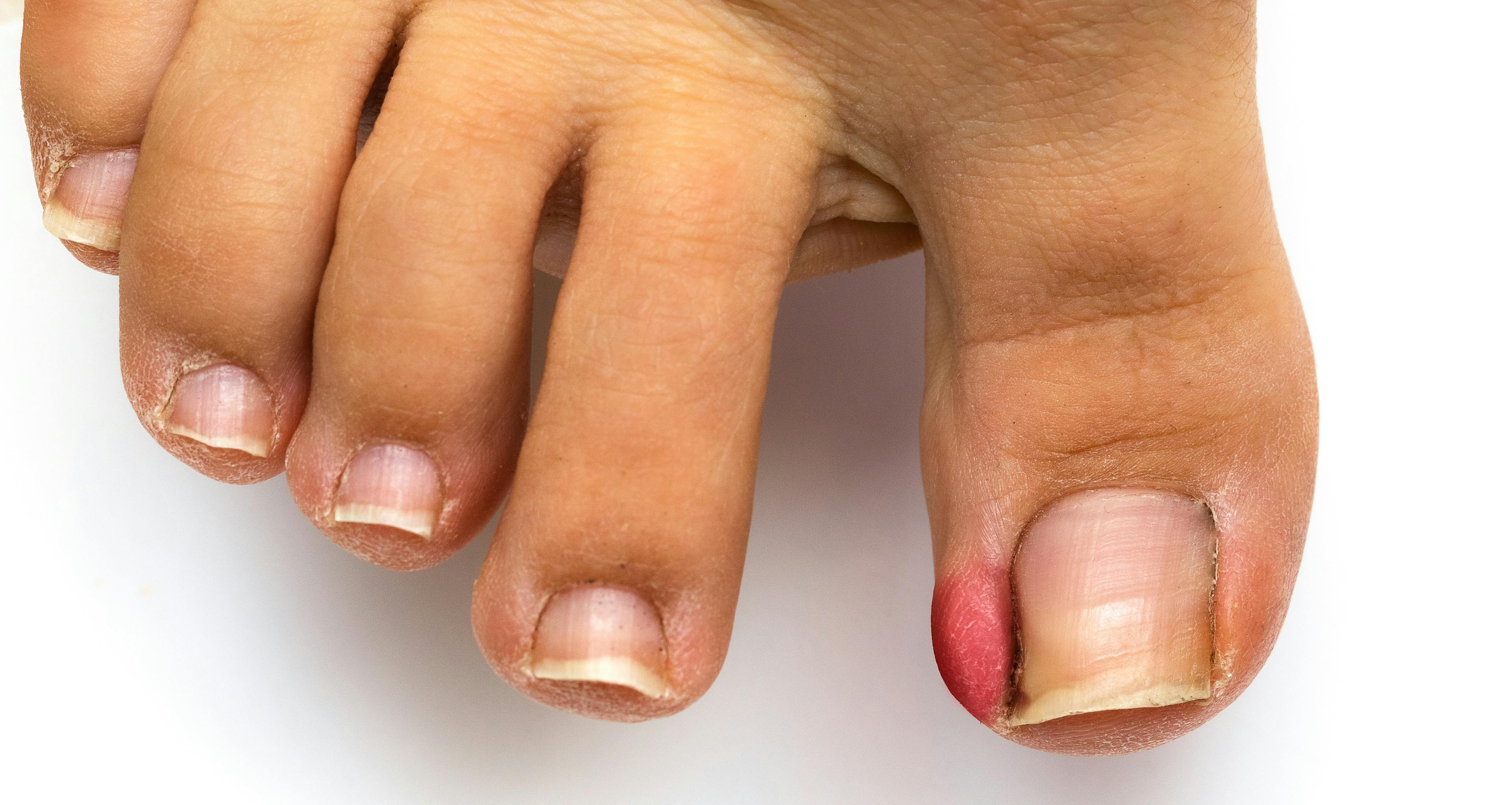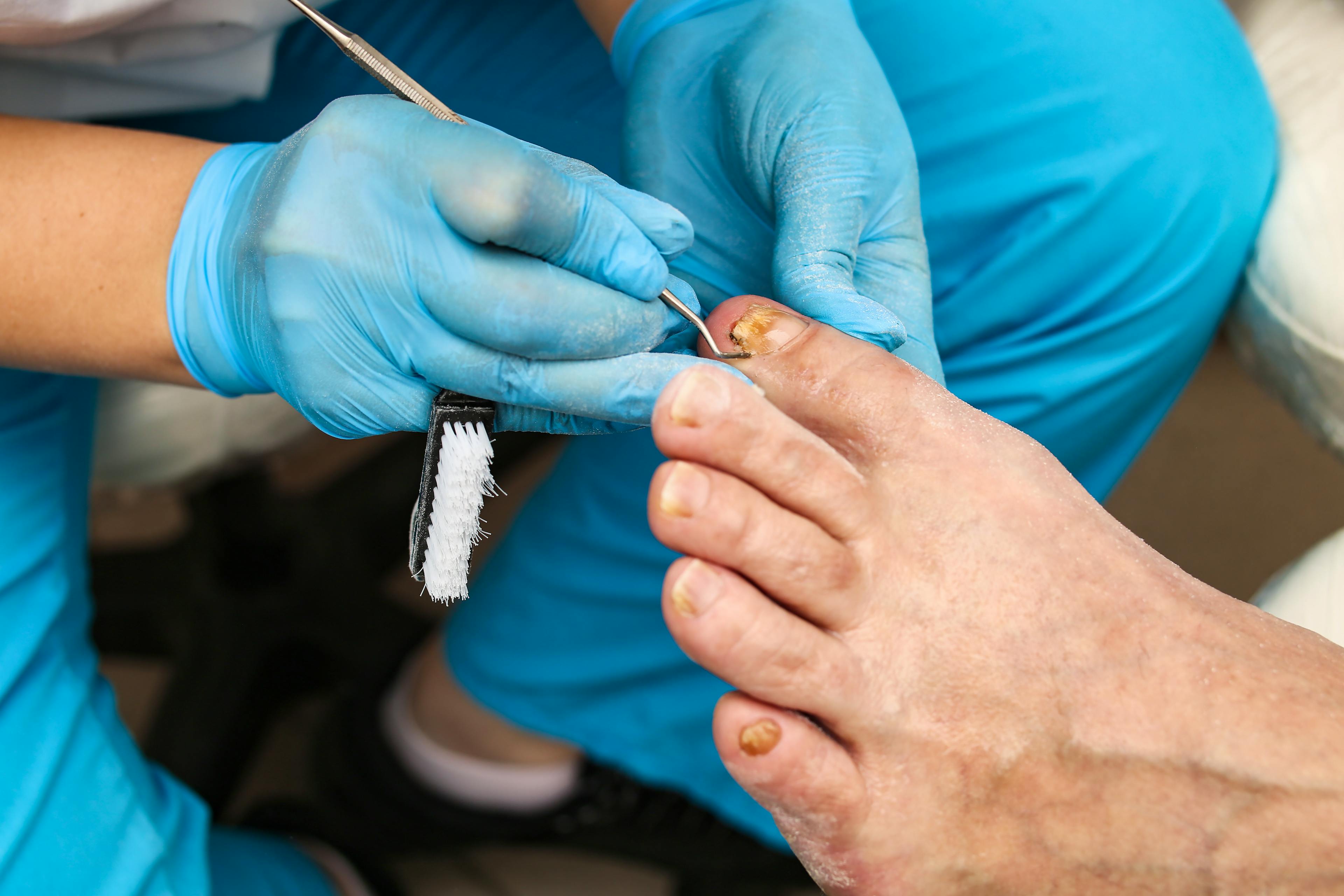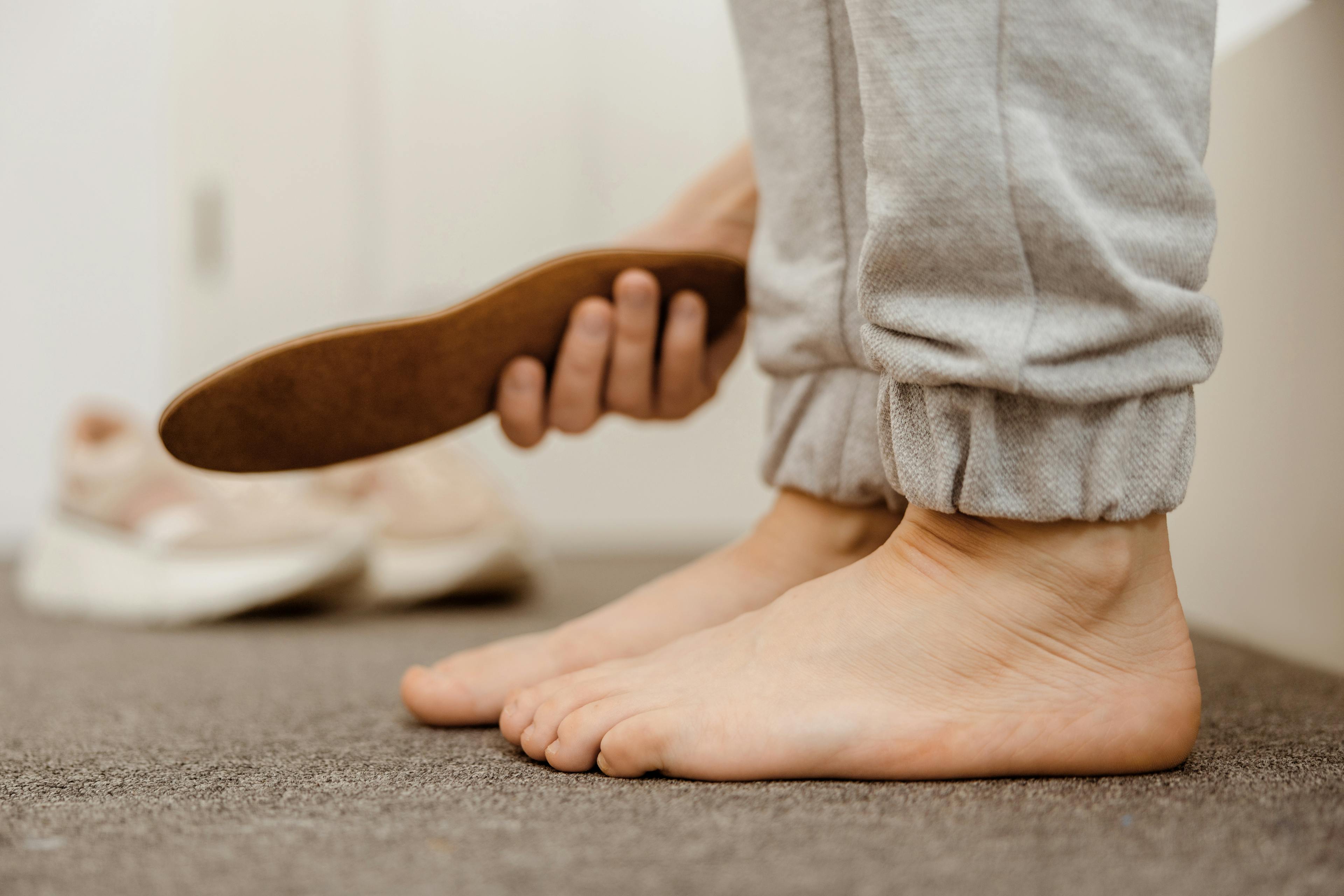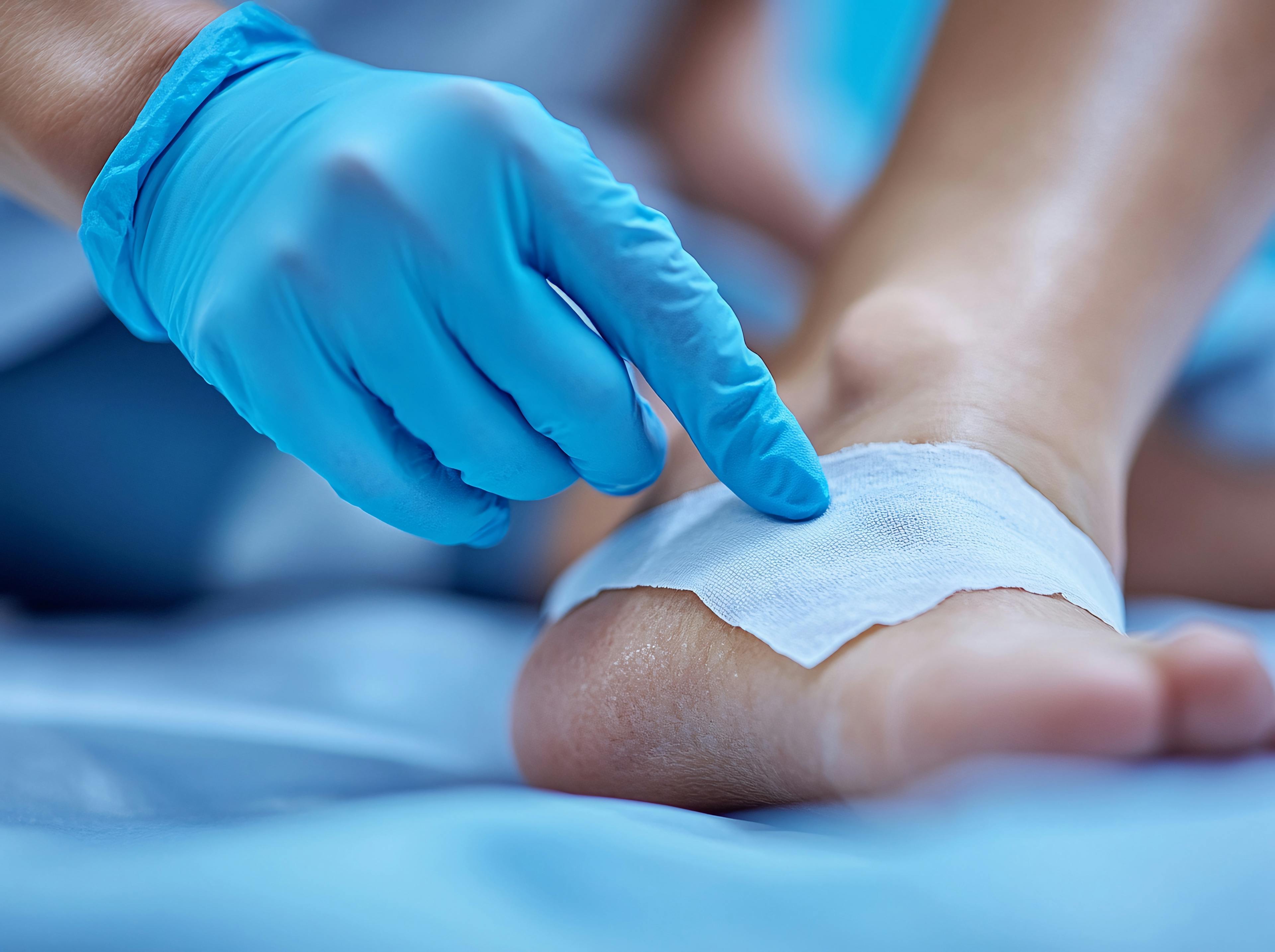Ingrown toenails are a common foot problem that most often affects the big toe, occurring when the side or corner of the toenail grows into the surrounding soft tissue. This can cause pain, skin irritation, swelling, and sometimes infection.
Early detection and treatment are key to preventing serious complications from the condition. Here, we’ll look at the causes, symptoms, treatment options, and preventive measures for ingrown toenails to help you understand and manage your foot health.
What Causes Ingrown Toenails?
Several factors contribute to the development of ingrown toenails, including:
- Tight or ill-fitting shoes: Shoes that put pressure on the toes can push the nail edges into the skin, especially during activities like running or sports.
- Nail shape: Curved or fan-shaped toenails can press into the surrounding skin, making them more susceptible to ingrown toenails.
- Improper nail trimming: Trimming toenails too short or rounding the edges instead of trimming them straight can cause toenails to grow into the surrounding skin, leading to ingrown toenails.
- Trauma or injury: Trauma to the toe, such as stubbing your toe or having your toe stepped on during a sports injury, can cause an ingrown toenail.
- Obesity: Carrying excess weight places additional pressure on the feet, which can increase the likelihood of developing ingrown toenails.
- Medications: Some medications, especially certain cancer treatments such as epidermal growth factor receptor (EGFR) inhibitors, can affect nail growth and increase the risk of ingrown toenails. Be sure to consult a healthcare provider about possible side effects.
For those experiencing excessive pain, discomfort, redness, or signs of infection around the toenail, seeking care from a foot specialist is recommended.
An ingrown toenail may not seem like a big deal at first. But if neglected, ingrown toenails can lead to more severe complications such as infections in the bone, such as osteomyelitis or sepsis.
Frequent or recurrent ingrown toenails can cause foot ulcers, and for those with conditions like diabetes, may even result in diabetic ulcers.
What Does an Ingrown Toenail Look Like?
An ingrown toenail can start with mild tenderness and swelling along the nail edge. As it progresses, other symptoms may appear:
- Redness and irritation around the toenail
- Swelling and inflammation along the edge of the nail
- Pain when pressing on or walking with the affected toe
- Fluid drainage or pus, a sign of infection if left untreated
If you’re noticing these signs, it may be time to seek help from a podiatrist.

Diagnosis of Ingrown Toenails
A podiatrist can diagnose an ingrown toenail with a simple physical examination. For more severe cases or suspected infections, your doctor may recommend additional evaluations, like X-rays, to assess any deeper issues or bone involvement.
Treatment for Ingrown Toenails
Treatment options depend on the severity of the ingrown toenail. Mild cases may be managed with conservative approaches, while more advanced cases might require medical intervention.
- Non-surgical treatment: In less severe cases, a podiatrist may lift the nail slightly and place a small piece of cotton or gauze under the edge to prevent it from digging into the skin further.
- Surgical options: For recurring or more serious ingrown toenails, a minor surgical procedure may be performed. This can involve partial nail removal or complete nail removal in chronic cases.
Self-Care for Ingrown Toenails
If your symptoms are mild, you may be able to manage them at home with these self-care tips:
- Soak the affected foot in warm water for 15-20 minutes several times a day to reduce swelling and soften the skin.
- Apply antibiotic ointment such as Neosporin to prevent infection.
- Use a cotton ball or dental floss to gently lift the nail edge away from the skin (only if comfortable and without pain).
How to Prevent Ingrown Toenails
There are some straightforward practices to help prevent ingrown toenails such as:
- Trim nails properly: Cut toenails straight across, without rounding the edges, to reduce the risk of them growing into the skin.
- Choose well-fitting footwear: Shoes with adequate room for your toes can help prevent pressure on the nails.
- Protect your feet: If you engage in activities that put stress on your toes, such as running, hiking, or playing sports, consider wearing steel-toed boots, toe caps, or cushioned insoles to protect your feet from injury.
Need Foot Care Now?
If you’re experiencing pain, inflammation, or signs of infection from an ingrown toenail, seeking prompt care can help you avoid complications. For mild discomfort or early symptoms, your primary care provider may offer treatment or refer you to a podiatrist for specialized care if needed. But, if symptoms worsen or persist, a podiatrist is trained to address foot and ankle conditions and can help you find relief.
FAQs
Mild cases may improve with proper self-care, but more severe cases usually require medical attention.
Surgery is typically only needed for recurring or severe ingrown toenails that do not respond to conservative treatments.
Healing times vary depending on the treatment method but generally range from a few days to a couple of weeks.







